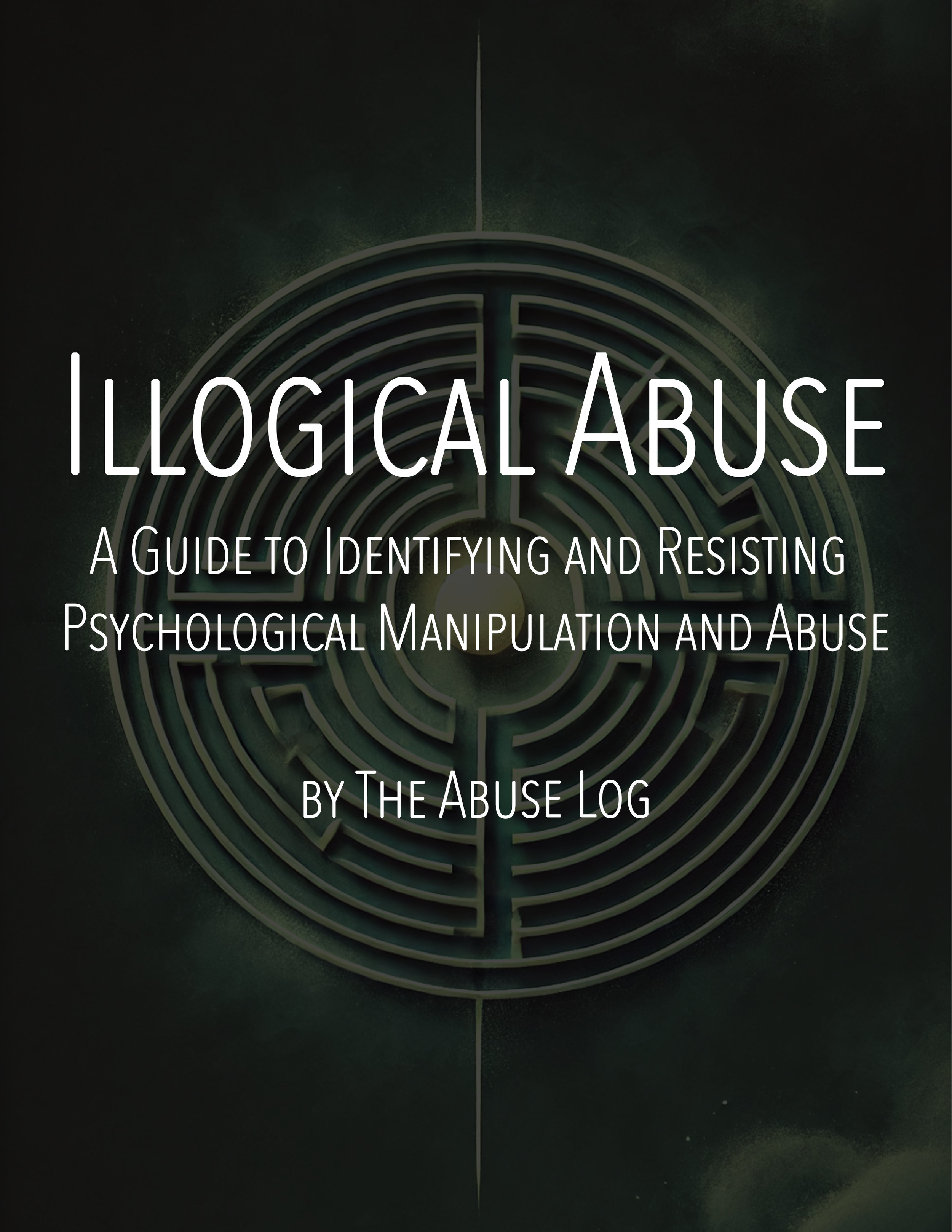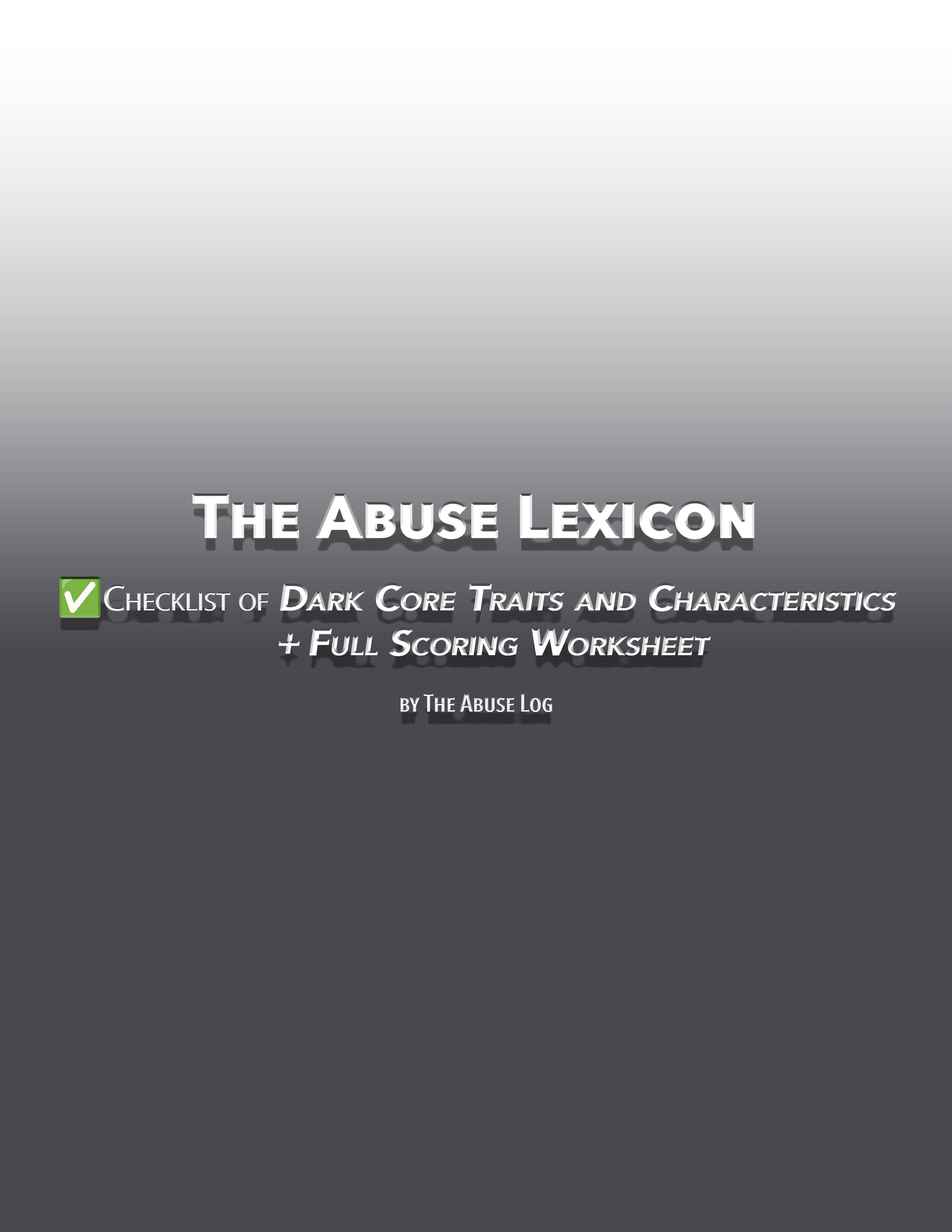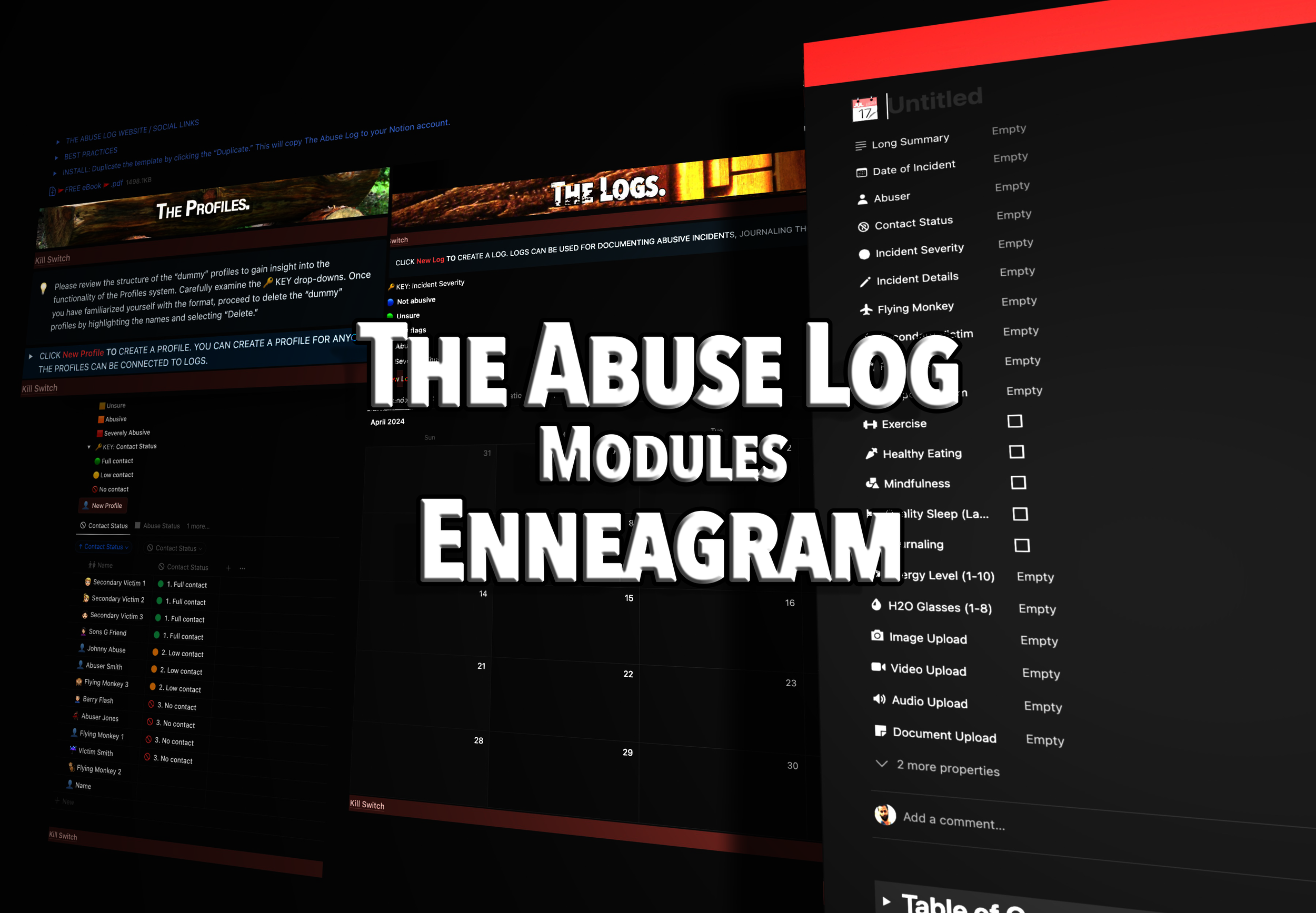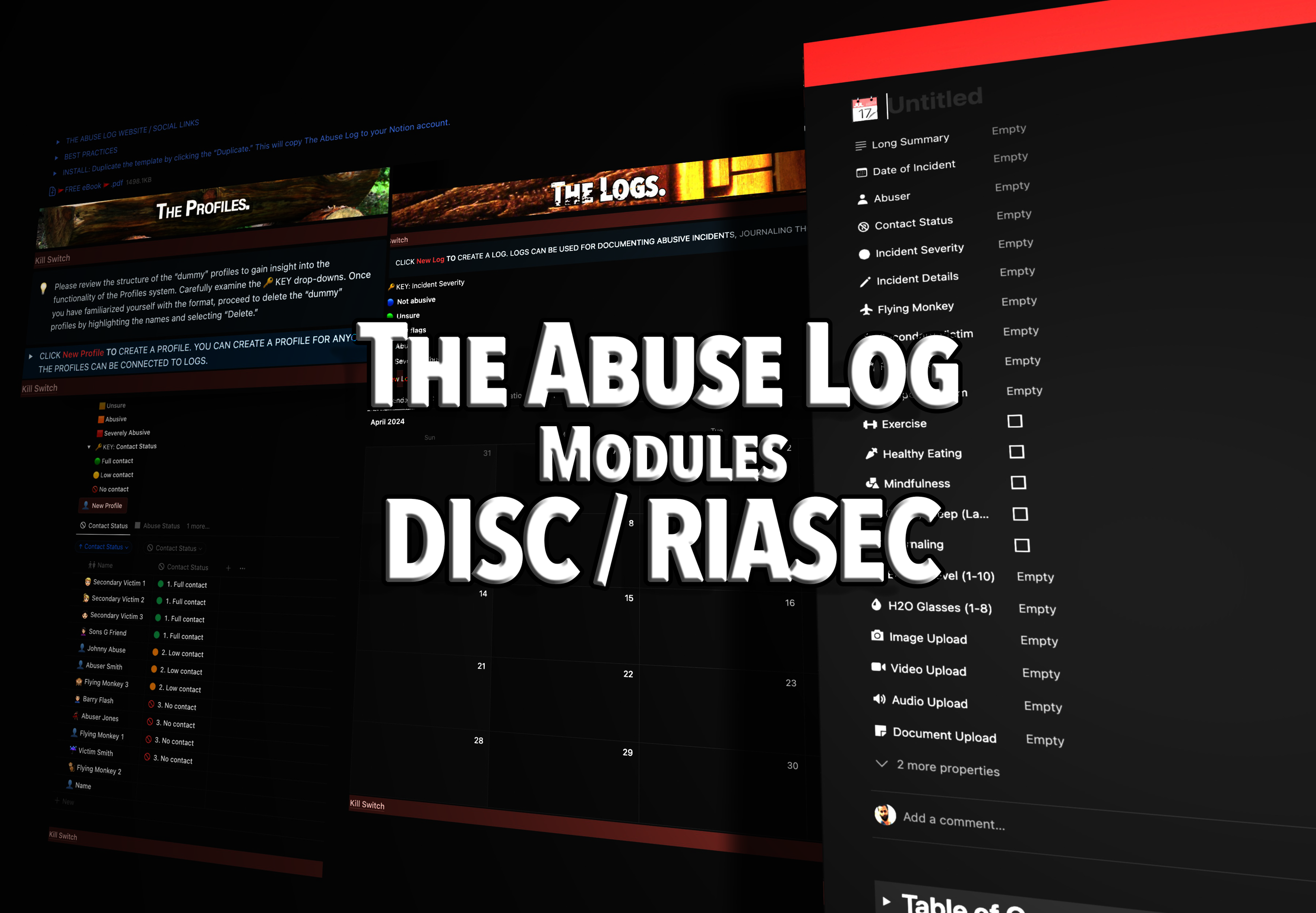Proprioception and Narcissism: Exploring Mind-Body Disconnection
Introduction Proprioception, often referred to as the "sixth sense," is our body's ability to sense its position, movement, and balance in space without relying on visual input. This innate skill allows us to walk without watching our feet, catch a ball without measuring every movement, and maintain posture without conscious effort. On the surface, it seems entirely unrelated to narcissism, a personality trait characterized by grandiosity, self-importance, and a lack of empathy. However, emerging discussions suggest that there may be subtle yet profound connections between proprioceptive dysfunction and narcissistic personality traits. Could impaired bodily awareness correlate with the emotional and psychological disconnect observed in narcissistic individuals? In this blog, we'll delve into the potential links, exploring shared neurological pathways, early developmental trauma, and behavioral manifestations.
1. Understanding Proprioception and Its Importance
Proprioception is mediated by specialized receptors located in our muscles, joints, and tendons, which send sensory information to the brain. This system plays a critical role in balance, spatial orientation, and motor coordination. When proprioception is stunted or impaired, individuals may experience clumsiness, difficulty navigating their environment, and reduced awareness of their body's boundaries.
Key Signs of Proprioceptive Dysfunction:
Poor balance and frequent falls
Over- or underestimating force and distance
Difficulty with fine motor tasks (e.g., buttoning a shirt)
A heightened sensitivity or insensitivity to touch and pressure
Proprioceptive impairments often arise from neurological conditions, injuries, developmental disorders, or even prolonged emotional trauma. This last point—the connection between emotional trauma and bodily awareness—forms the bridge to understanding narcissism.
2. Narcissism: Emotional Disconnect and Self-Image Preoccupation
Narcissism exists on a spectrum, from healthy self-confidence to Narcissistic Personality Disorder (NPD). Vulnerable narcissists are hypersensitive to criticism and harbor deep insecurity, while grandiose narcissists display overt arrogance, entitlement, and dominance. Despite these differences, both types often share a core issue: a profound disconnect from authentic self-awareness.

Key Characteristics of Narcissism:
Inflated sense of self-importance
Deep-seated insecurity masked by grandiosity
Lack of empathy and difficulty recognizing others' emotions
A focus on external validation rather than internal self-awareness
This emotional disconnection may not be limited to psychological realms—it could extend into the physical body, influencing proprioceptive awareness.
3. The Intersection of Proprioception and Narcissism
a. Developmental Trauma and Attachment Disruption Both narcissism and impaired proprioception can stem from early childhood trauma. Neglect, inconsistent caregiving, or emotional abuse can disrupt a child's physical and emotional self-awareness. Without safe and consistent interactions, the developing brain may struggle to integrate sensory feedback effectively, leading to both emotional dysregulation and stunted proprioception.
b. The Mind-Body Disconnect in Narcissism Narcissistic individuals, especially those with vulnerable narcissism, often report feeling disconnected from their own bodies. This disconnect manifests as physical clumsiness, poor spatial awareness, or a lack of comfort in their own skin. Rather than addressing these physical sensations, narcissists may externalize blame (e.g., blaming others for tripping or misjudging distances).
c. Neurological Overlaps Brain regions responsible for proprioception (e.g., the somatosensory cortex and cerebellum) overlap with areas involved in self-awareness and emotional regulation (e.g., the prefrontal cortex and anterior insula). Neurological dysfunctions affecting these regions could potentially influence both physical and emotional self-perception.
d. Overcompensation Through Grandiosity Grandiose narcissists may use exaggerated physical gestures, dominant body language, or overconfident movements to mask their proprioceptive shortcomings. Vulnerable narcissists, on the other hand, may withdraw from physical activities or avoid situations where their clumsiness might be exposed.
4. Real-Life Behavioral Examples
Example 1: The Clumsy Blamer A narcissist stumbles while walking but immediately blames someone nearby: "You were in my way!" Rather than acknowledging poor balance or proprioceptive feedback, they project fault onto others.
Example 2: The Overcompensator A grandiose narcissist exaggerates their posture, takes up excessive space, or moves with forced confidence to overshadow their physical insecurity.
Example 3: The Avoider A vulnerable narcissist might refuse to participate in sports or physical group activities, fearing embarrassment from their poor spatial coordination.
These behaviors highlight how impaired proprioception can intertwine with the narcissist's need to protect their fragile self-image.
5. Addressing the Dual Disconnect: Intervention Strategies
Understanding the potential link between stunted proprioception and narcissism opens pathways for holistic intervention. Here are some strategies:
a. Somatic Therapy: Somatic practices focus on reconnecting individuals with bodily sensations. Techniques such as guided body scans and grounding exercises can improve both emotional and proprioceptive awareness.
b. Physical Therapy: Proprioceptive exercises—like balance training, yoga, and stability ball exercises—can help improve spatial awareness and physical coordination.
c. Cognitive-Behavioral Therapy (CBT): CBT can address narcissistic tendencies, particularly projection and avoidance behaviors related to physical insecurity.
d. Mindfulness Practices: Activities like Tai Chi or mindful walking encourage individuals to remain present and connected to their physical sensations.
6. The Need for Further Research While anecdotal observations and psychological theories suggest intriguing connections, empirical research exploring the overlap between proprioception and narcissism remains sparse. Future studies could investigate shared neurological pathways, the role of trauma in developmental proprioceptive impairments, and the impact of somatic therapies on narcissistic traits.
Closing Thoughts The link between stunted proprioception and narcissism may not be immediately obvious, but deeper exploration reveals potential common roots in early trauma, neurological overlap, and mind-body disconnection. Addressing these intertwined issues requires an integrated approach that bridges physical, emotional, and psychological therapies. By recognizing and addressing these connections, professionals can offer more effective interventions for individuals struggling with both proprioceptive impairments and narcissistic traits.
In a world increasingly focused on holistic well-being, understanding the mind-body connection isn’t just an academic exercise—it’s a necessary step toward healing.







![The Abuse Log Notion Template [Basic]](https://images.squarespace-cdn.com/content/v1/65b9553c448d7e5b0ec1dfcd/4c83e581-b720-4cbe-83b1-2d72e7a9ac8a/Logo+Gumroad-Basic.png)
![The Abuse Log Notion Template [Advanced]](https://images.squarespace-cdn.com/content/v1/65b9553c448d7e5b0ec1dfcd/c3bb150a-a911-4f91-a23e-3621b98a2d55/Logo+GumroadAdvanced.png)
![The Abuse Log Notion Template [Professional]](https://images.squarespace-cdn.com/content/v1/65b9553c448d7e5b0ec1dfcd/7fa18cea-edf4-4325-8234-13f3527579c2/Logo+GumroadProfessional.png)
















































